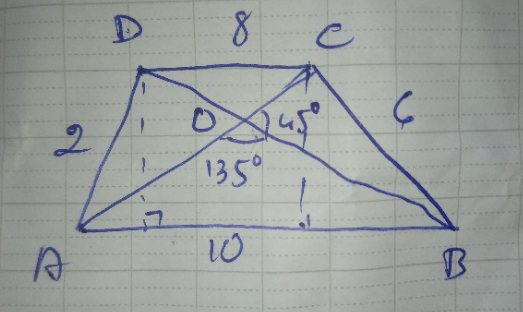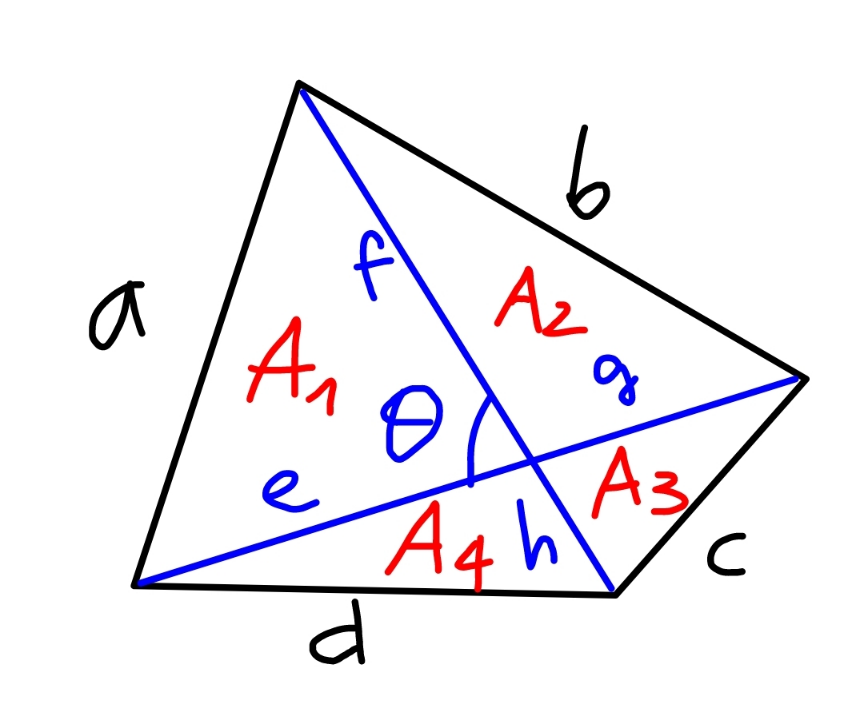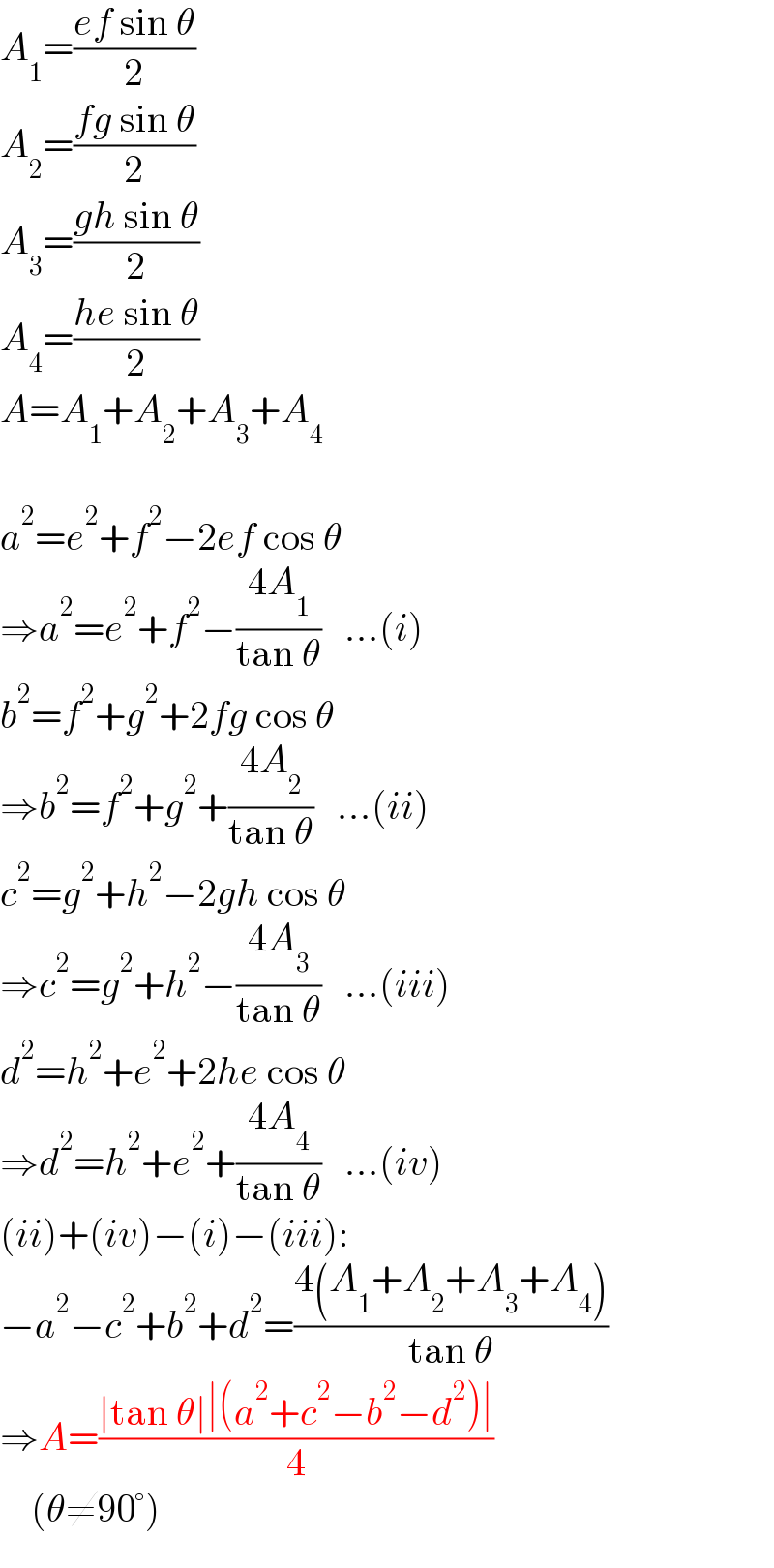
Question and Answers Forum
Question Number 176318 by Matica last updated on 16/Sep/22

Commented by Rasheed.Sindhi last updated on 16/Sep/22

Commented by mr W last updated on 16/Sep/22

Commented by Matica last updated on 16/Sep/22

Answered by mr W last updated on 16/Sep/22

Commented by mr W last updated on 16/Sep/22

Commented by Matica last updated on 16/Sep/22

Commented by Tawa11 last updated on 18/Sep/22

